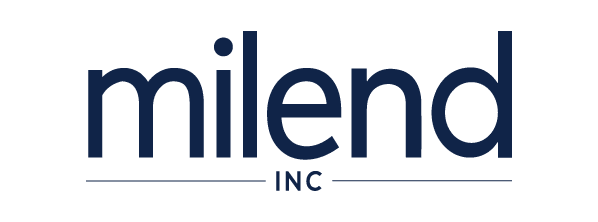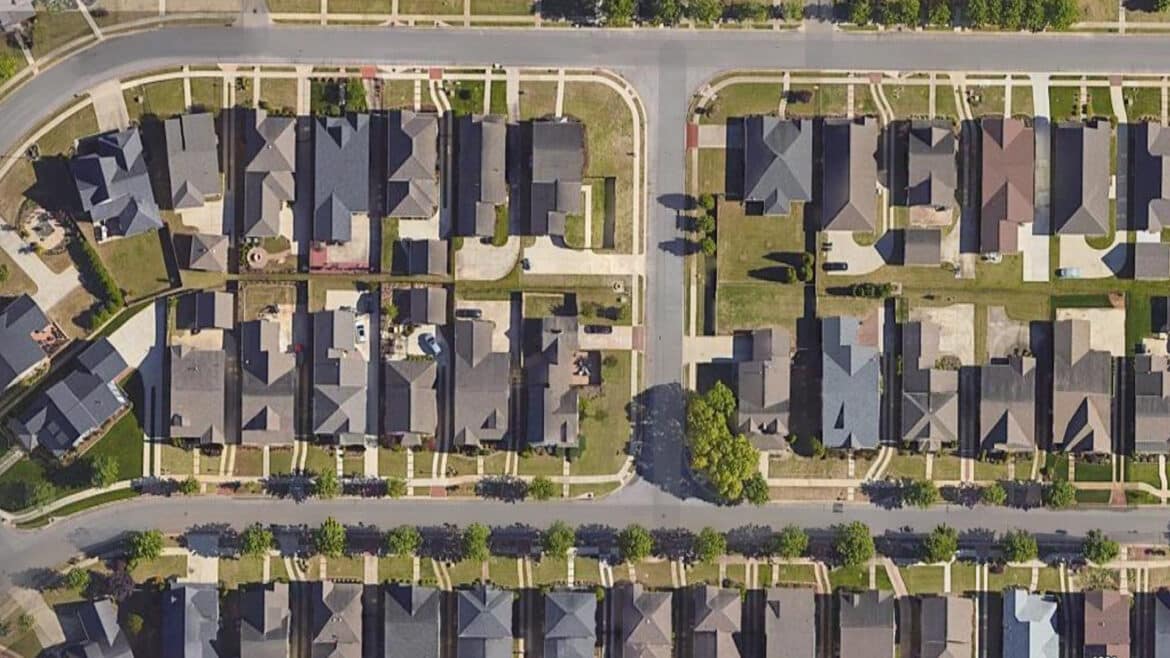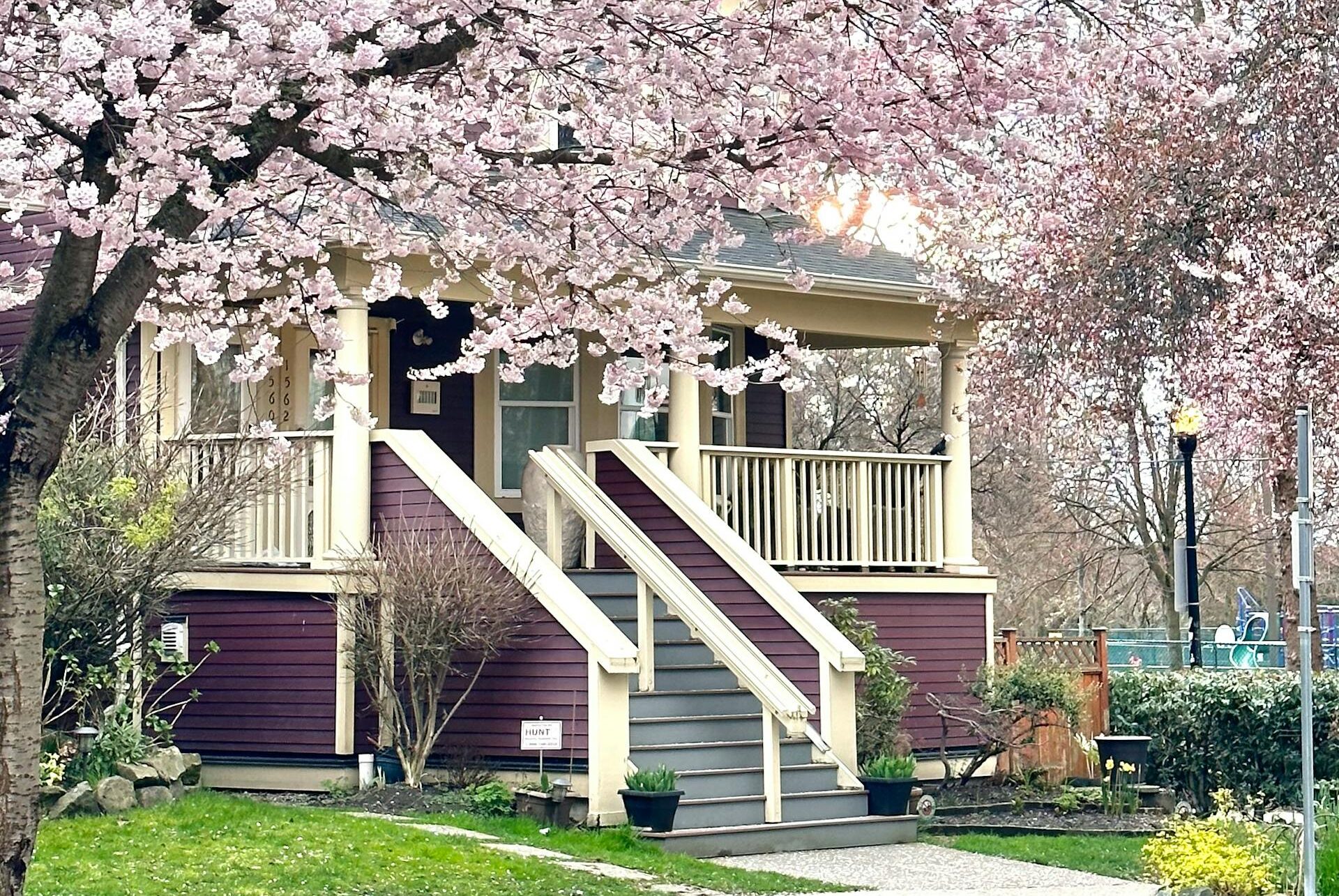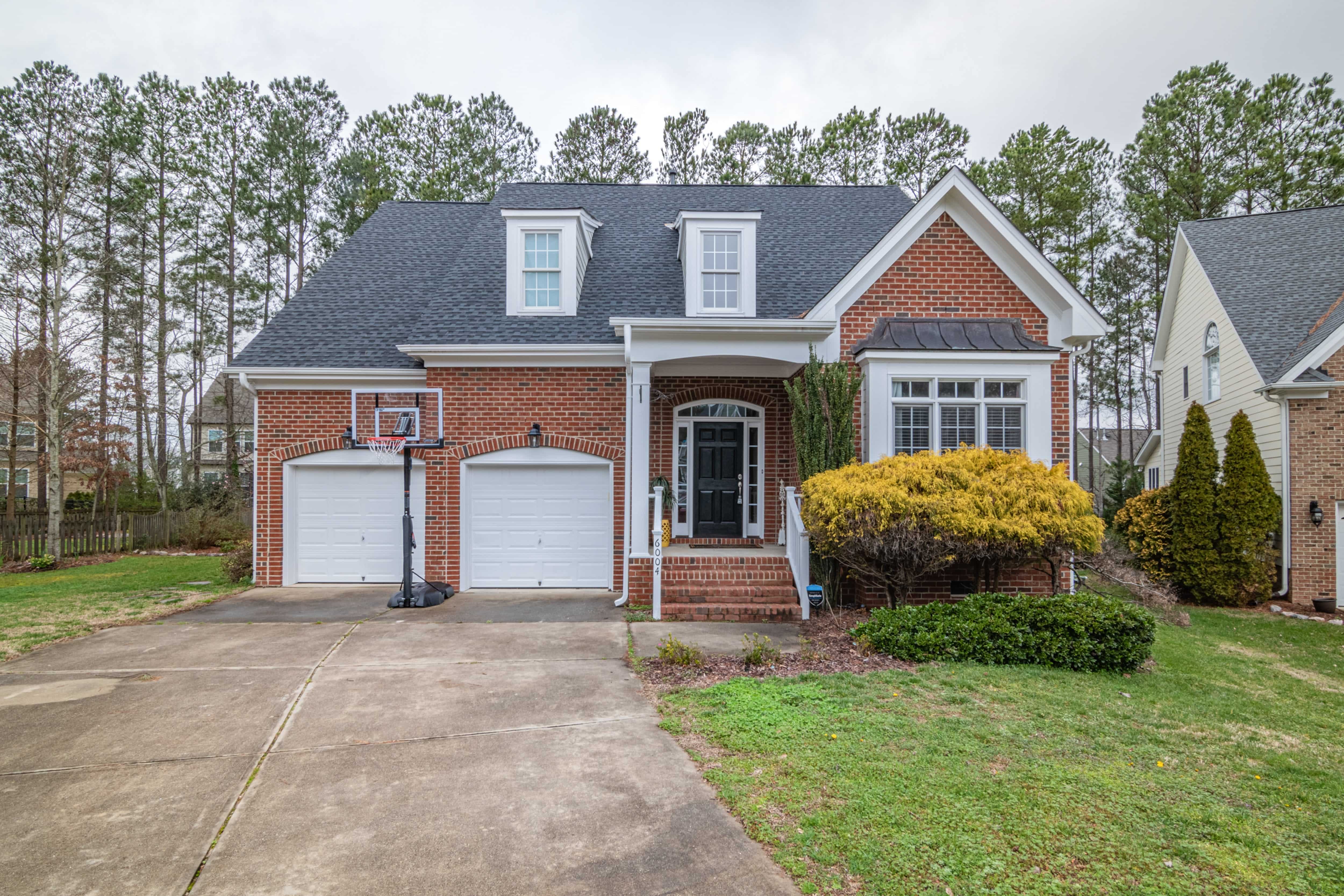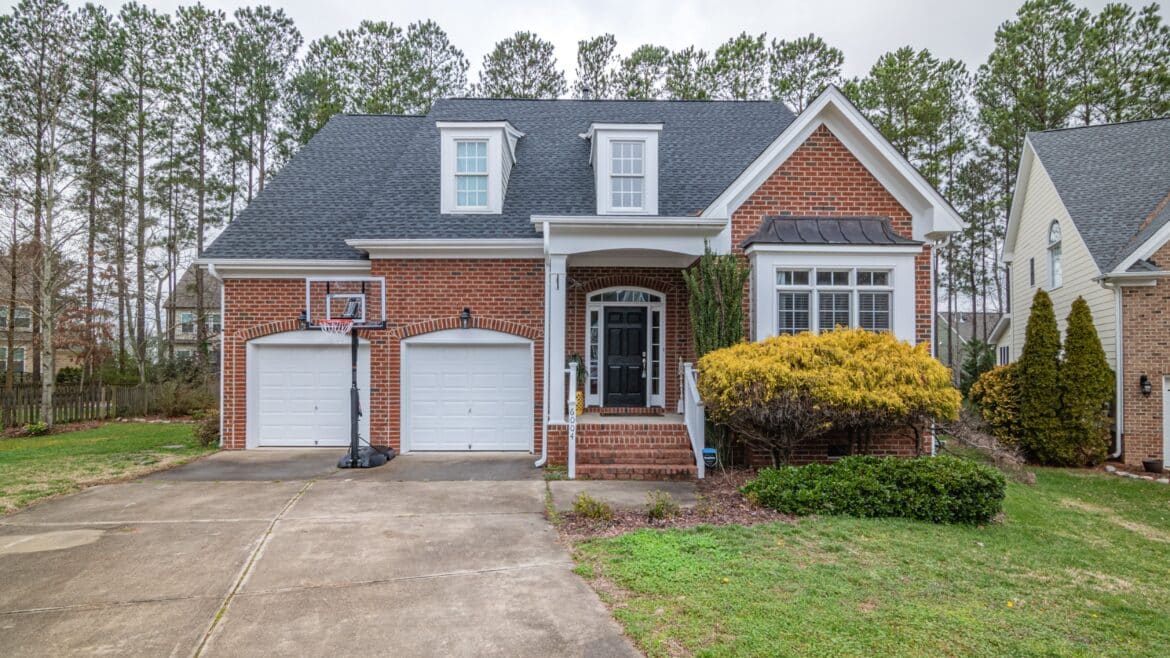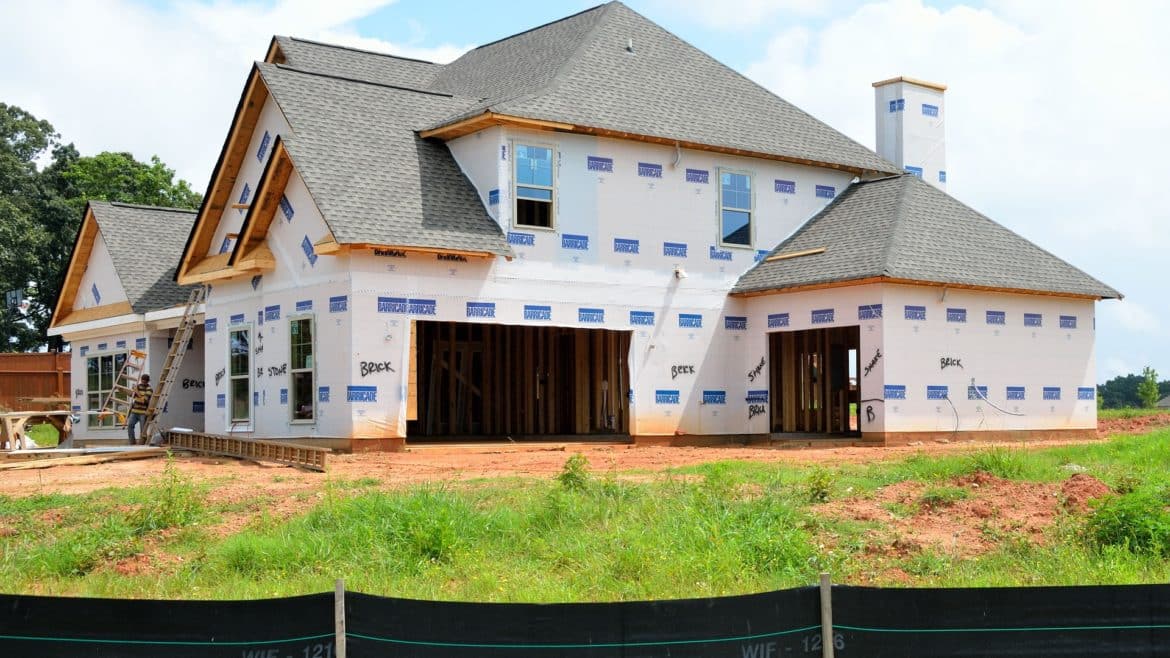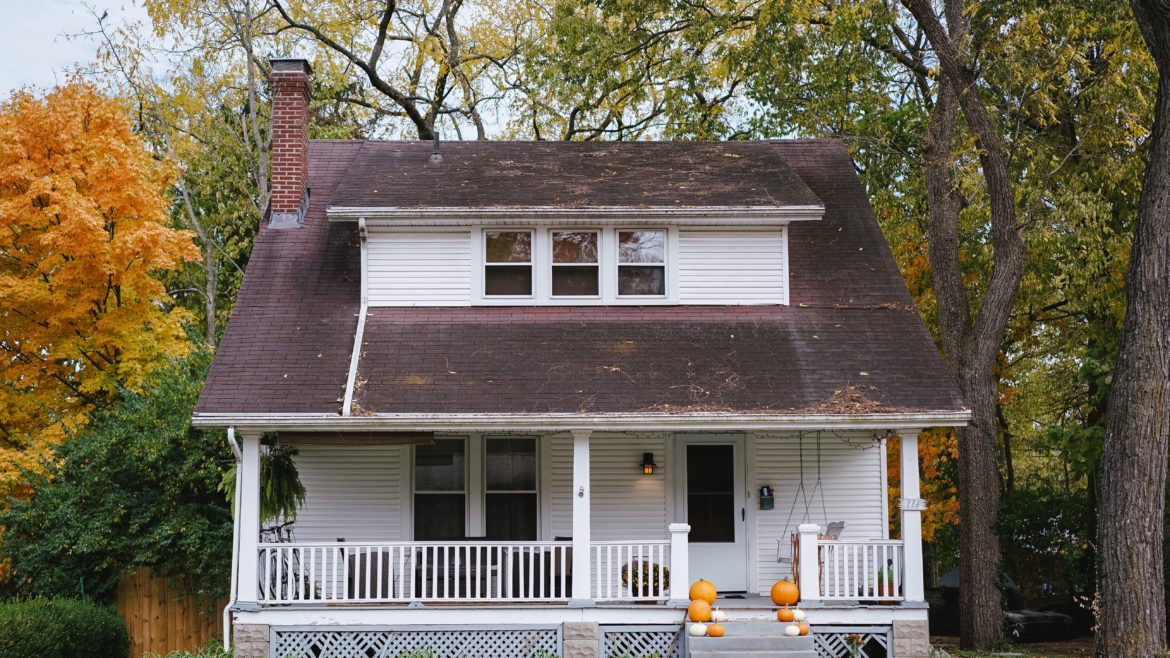Key Takeaways
- Diverse Options for Every Buyer: Whether you’re a first-time homebuyer seeking affordability and vibrant culture, or a family looking for a community with excellent schools and safety, the top up-and-coming areas for 2024 cater to a variety of lifestyles.
- Investment Potential: These selected neighborhoods are not only great places to live but also offer significant growth potential in property values. Investing in these areas could yield substantial returns as they continue to develop and attract more residents.
- Comprehensive Community Insights: From family-friendly suburbs to dynamic urban locales, get real insights from current residents through reliable sources like Niche and Zillow, so you make a well-informed decision about where to plant your roots in 2024.
Finding the perfect place to call home is a big deal. With Summer coming up fast, affordable areas that offer the right balance of amenities, safety, and great school districts are quickly becoming the top up-and-coming housing markets in terms of growth.
If you’re on the lookout for that ideal neighborhood to raise your family where you can also look forward to future growth in home values, your perfect match could be waiting for you in one of these top up-and-coming areas in 2024.
Top 10 Housing Markets for 2024
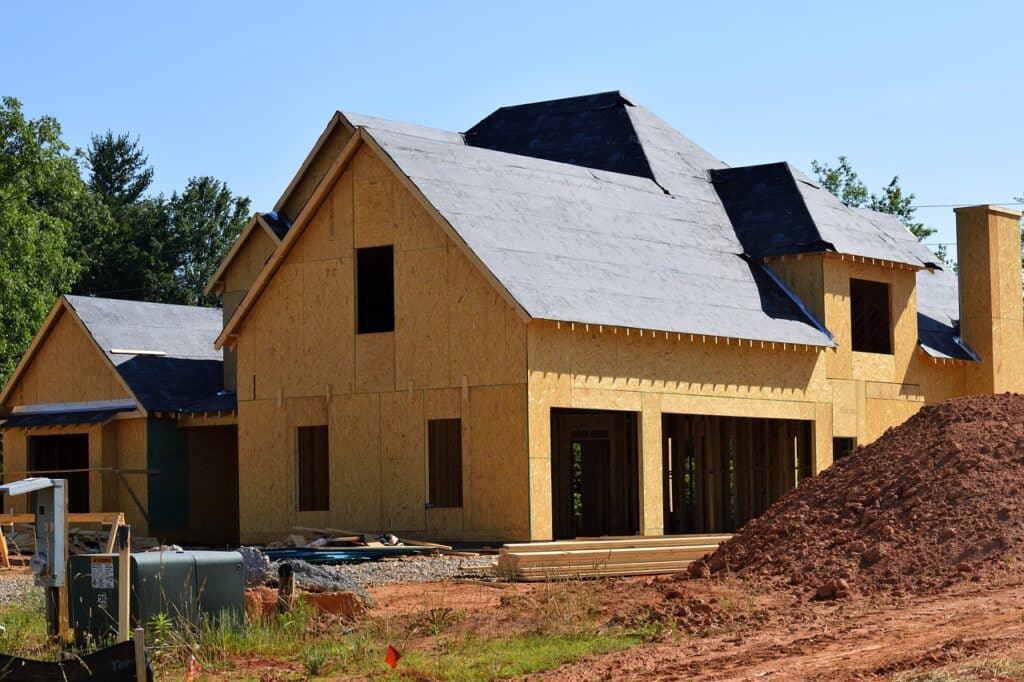
Our friends at Niche have done their research and released their annual list of the best neighborhoods and cities to live in, based on things like affordability, crime rates, schools, and housing costs. Their rankings are based on reviews from the people who live in these areas, so you know you’re getting a real insider’s take.
Here’s a peek at the overall top 10 up-and-coming areas worth keeping on your radar:
- Naperville, IL – With top-notch schools, a charming downtown, and the scenic Riverwalk, Naperville offers a perfect blend of suburban comfort and urban convenience near Chicago
- The Woodlands, TX – This master-planned community north of Houston has it all: great amenities, lush green spaces, and excellent schools.
- Cambridge, MA – Home to Harvard and MIT, Cambridge is a vibrant city with a historic charm that’s hard to beat. The mix of academic and cultural vibes is just right.
- Arlington, VA – With proximity to Washington, D.C., Arlington features iconic landmarks, outstanding schools, and the perfect mix of urban-suburban living.
- Plano, TX – Plano’s family-friendly atmosphere, strong job market, and top-performing schools make it a prime destination for families and professionals alike.
- Irvine, CA – If safety and education are your top priorities, Irvine ticks all the boxes. Its well-planned communities and growing tech industry are cherries on top.
- Columbia, MD – Halfway between Baltimore and Washington, D.C., Columbia is known for its diversity, strong job market, and top-tier education.
- Overland Park, KS – Affordable homes, great schools, and a growing job market make Overland Park a fantastic family-friendly spot.
- Ann Arbor, MI – Ann Arbor’s got it all: a vibrant arts scene, a strong academic spirit from the University of Michigan, and an entrepreneurial vibe.
- Bellevue, Washington – Across Lake Washington from Seattle, Bellevue is thriving with scenic beauty, excellent schools, and a booming economy.
The Best Places to Raise a Family

Finding a family-friendly neighborhood is about more than just finding good schools. Your perfect fit is going to have quality education, safety, and family-friendly community vibes. Based on these key lifestyle factors, here are 10 of the neighborhoods for families right now:
- Chesterbrook, PA – A quiet, serene suburb with top-rated schools, low crime rates, and parks galore.
- Long Grove, IL – Historic charm, top schools, and welcoming neighborhoods create a perfect place for families.
- Clarendon Hills, IL – Known for its strong community spirit, beautiful parks, and top-tier education.
- Kildeer, IL – A peaceful village with upscale homes and well-regarded schools.
- Devon, PA – Top-notch schools, family-friendly activities, and a mix of suburban and rural living.
- Hinsdale, IL – A wealthy suburb with historic homes, excellent schools, and a lively downtown.
- Kensington, NY – Prized for its safety, schools, and beautiful architecture.
- Mountain Lakes, NJ – Picturesque lakes, community events, and high-quality schools.
- Mariemont, OH – A charming village atmosphere with strong schools and ample green spaces.
- Penn Wynne, PA – A friendly community with great schools and easy access to Philadelphia.
Best Markets for First-Time Homebuyers

For first-time homebuyers, finding a perfect home pivots on lifestyle fit and home affordability. Instead of a quiet family-centered suburb, an area with reasonable home prices, growing employment opportunities, and access to social opportunities is going to be the best fit.
Here are Zillow’s picks for the best up-and-coming areas for first-time homebuyers to look at:
- St. Louis, MO – With affordable homes and plenty of rental options, St. Louis is perfect for buyers saving for a down payment.
- Detroit, MI – Detroit’s revitalizing economy offers affordable homes with big growth potential.
- Minneapolis, MN – Strong job opportunities and a robust housing market make this city ideal for new buyers.
- Indianapolis, IN – Affordability and quality of life make Indianapolis a hot spot for first-time buyers.
- Austin, TX – Austin’s lively culture and tech boom attract young professionals seeking vibrant yet affordable living.
- Pittsburgh, PA – Affordable housing and a revitalized economy make Pittsburgh a great choice.
- San Antonio, TX – San Antonio blends rich cultural heritage with affordable housing and job opportunities.
- Birmingham, AL – With a low cost of living and growing economy, Birmingham is a hidden gem for new buyers.
- Kansas City, MO – Affordable housing, strong job prospects, and a rich cultural scene.
- Baltimore, MD – Historic neighborhoods and an accessible housing market make Baltimore a unique opportunity.
Wrapping Up
Finding the right neighborhood is all about knowing what matters most to you. Whether you’re searching for an area with growth potential or a family-friendly community with top-rated schools, these up-and-coming neighborhoods offer opportunities for every type of buyer.
We’re here to help you navigate your next big move, so let’s chat about your financial picture, your home goals, and find your ideal neighborhood together!

Essential Spring Home Maintenance Tips: Refresh and Revitalize Your Home
Read more...
